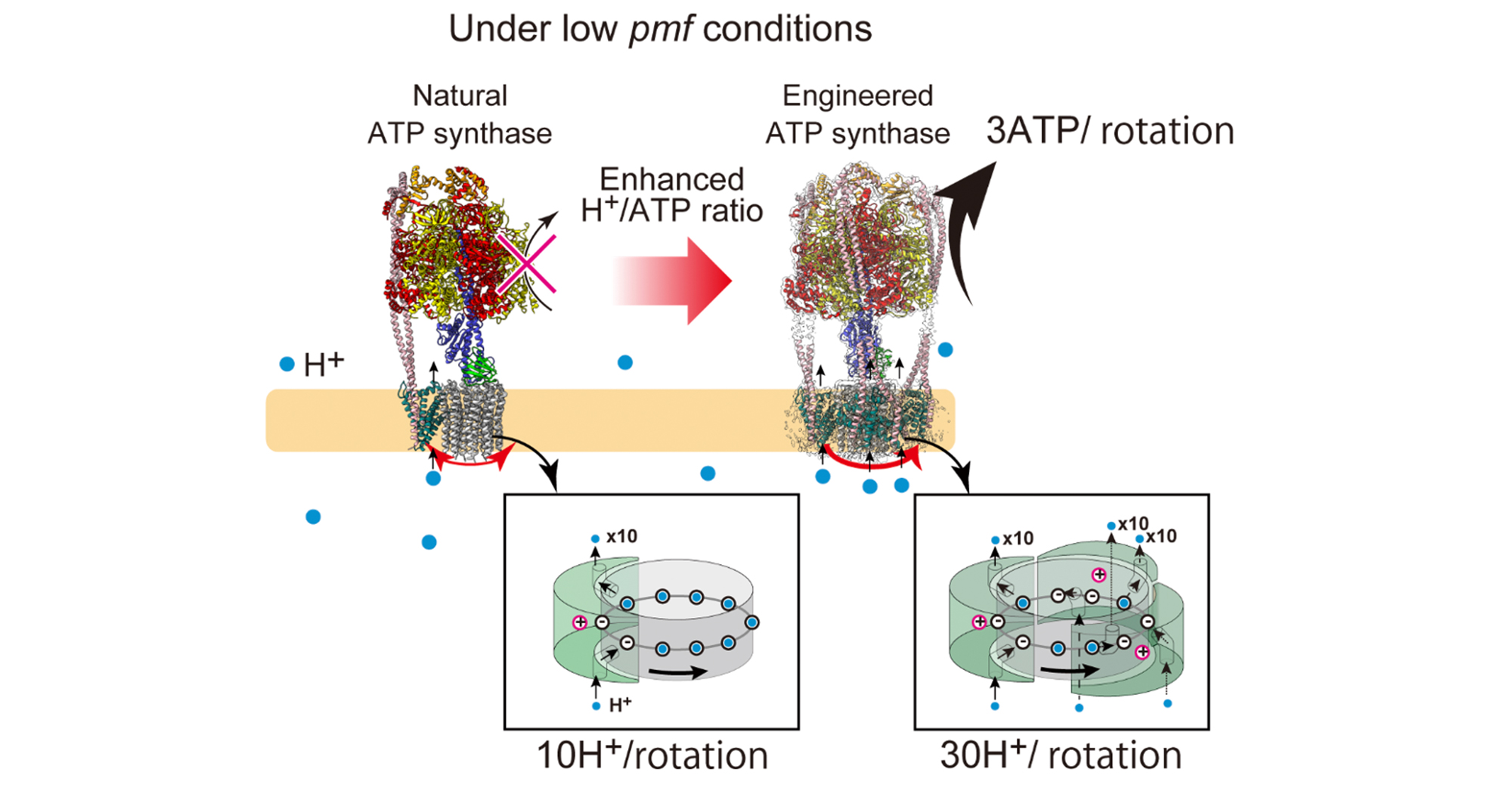Share this
A research group led by Professor Haruki Watanabe from the Graduate School of Engineering at the University of Tokyo and Professor Hosho Katsura from the Graduate School of Science at the University of Tokyo, in collaboration with Professor Jong Yeon Lee from the University of Illinois at Urbana-Champaign, discovered a series of one-dimensional quantum spin models that spontaneously break continuous symmetry. Previously, the Mermin-Wagner theorem suggested that spontaneous breaking of continuous symmetry in one-dimensional quantum systems was impossible. The only known exception to this theorem was a special case in which a quantity called an order parameter, which characterizes symmetry breaking, commutes with the Hamiltonian. Except for this case, it was widely believed that such symmetry breaking could not occur.
This new research theoretically demonstrates that spontaneous breaking of continuous symmetry can occur in one-dimensional systems even when the order parameter does not commute with the Hamiltonian. Instead, it has been revealed that a condition known as "frustration-free" is crucial for this phenomenon. This deeper understanding of the possible phases of low-dimensional materials is expected to lead to the discovery of new materials with unique properties and the development of novel devices with advanced functionalities.

Papers
Journal: Physical Review Letters
Title: Critical spontaneous breaking of U(1) symmetry at zero temperature in one dimension
Authors: Haruki Watanabe, Hosho Katsura, Jong Yeon Lee*
These Related Stories


